JPG to Vector Conversion
- Starting at $5 per image
- Delivery in 6 hours
- 100% Money-Back Guarantee
- Handcrafted Vector Files by expert artists
- 10+ Years of Experience in vectorizing images
- High-Resolution, Print-Ready Output
- Secure Payment Options: PayPal, Visa, MasterCard
Customer Reviews 4.9 out of 5

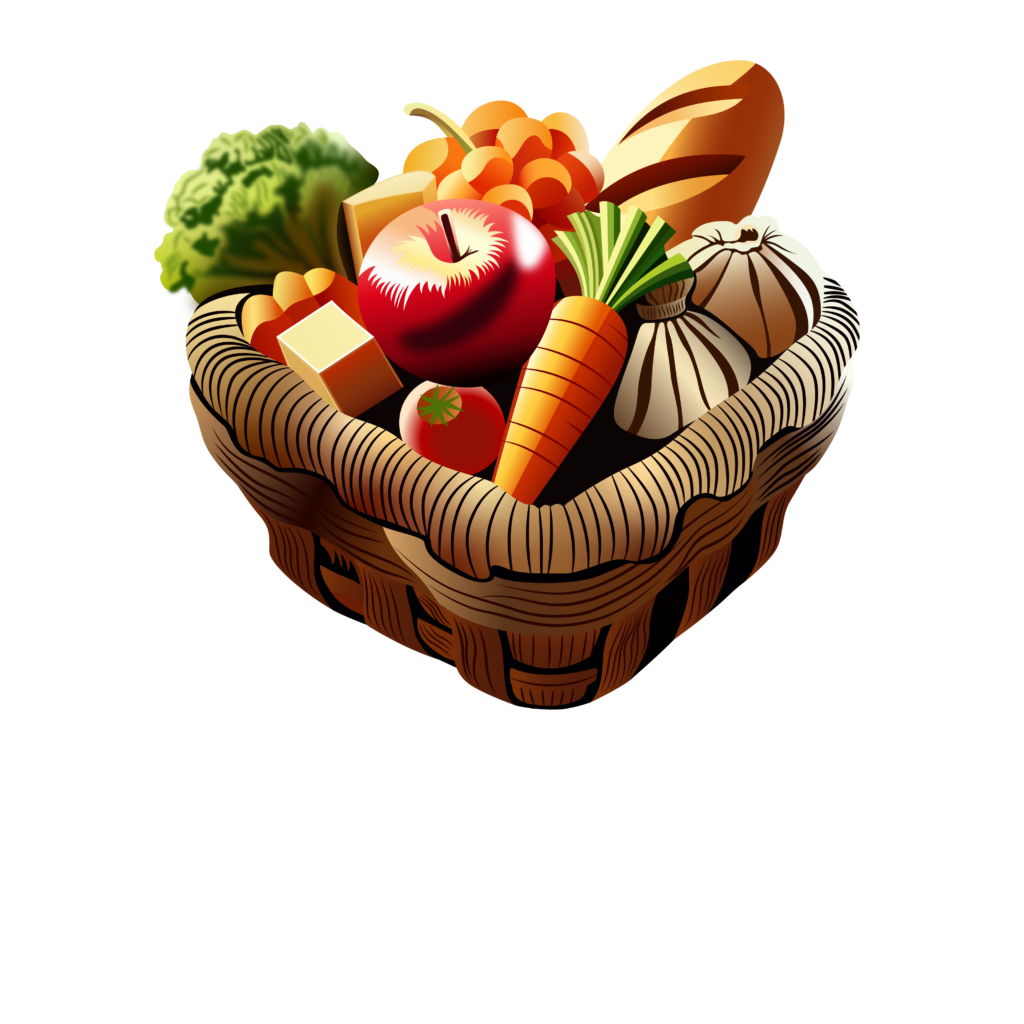
33K+ Projects Completed With Famous Brands & Small Businesses


















How We Work
Upload
Send us your raster file (JPG, PNG, GIF, etc.) through our secure upload system.
Payment
Choose a package and complete the payment. We offer affordable pricing with secure checkout.
Production
Our expert designers manually trace and refine your image into a high-quality vector file.
Delivery
Receive your vector file (AI, EPS, SVG, PDF) via email within 24-48 hours – ready to use!
JPG to Vector Conversion
In the digital world, images are vital for communication, branding, and design. Among the most common image formats is JPG (Joint Photographic Experts Group), a widely used compressed file format that is efficient for storing high-quality visuals. However, JPG files lack scalability, making them unsuitable for projects that require resizing without losing quality.
Vector graphics are resolution-independent and allow seamless scaling without distortion. Converting JPG to vector is essential for projects like logos, banners, and other large-scale designs where clarity is crucial.
This guide will help you understand the importance of JPG to vector conversion, ensuring your images are adaptable and professional. Whether you’re a graphic designer, business owner, or hobbyist, mastering vector conversion empowers you to create versatile and high-quality visuals.
Types Of JPG to Vector Conversion We Provide
Here are the types of JPEG to vector conversion services we provide:
Convert JPG to AI File
Converting raster images like JPG to AI (Adobe Illustrator) files is essential for professional-grade vector graphics. Our expert vector artists combine advanced tools and creativity to deliver print-ready vector files suitable for advertising, branding, and pre-press projects. With years of experience, we ensure precise, commercially attractive designs that meet our clients’ expectations.
What We Did Here:
- Used advanced tools for precise vectorization.
- Delivered print-ready files for pre-press and advertising.
- Ensured scalable and editable outputs.
Convert JPG to SVG File
For scalable and device-independent graphics, converting JPG to SVG is a must. SVG files are lightweight, infinitely scalable, and ideal for web usage, including eCommerce platforms. Additionally, AI-driven machines like embroidery systems often prefer SVG over JPG for high-quality production. Our team ensures seamless conversion for versatile applications.
What We Did Here:
- Delivered lightweight, scalable SVG graphics.
- Ensured compatibility with web and eCommerce platforms.
- Provided machine-readable files for embroidery and production.
Convert JPG to EPS File
Converting JPG to EPS (Encapsulated PostScript) files is widely practiced in professional vector workflows. EPS is the predecessor of AI, and both formats ensure print-ready outputs. We manually convert JPGs to EPS, ensuring precision and quality that meet the demands of pre-press, advertising, and commercial printing industries.
What We Did Here:
- Produced high-resolution EPS files for printing.
- Manually refined details for precision and quality.
- Ensured compatibility with print and advertising workflows.
Convert JPG to PNG File
For transparent backgrounds and high-resolution outputs, converting JPG to PNG or vector formats is often necessary. PNG files, when used in banners or large posters, may distort upon scaling. We ensure your PNG conversions retain clarity and deliver vector-quality graphics perfect for large-scale printing and branding.
What We Did Here:
- Created transparent PNG files for flexible use.
- Ensured scalability for large banners and posters.
- Delivered crisp, high-resolution outputs for branding.
Benefits of Vector Graphics Over JPG Images
Vector graphics offer significant advantages over JPG images, especially for scalability and clarity. Key benefits include:
- Scalability Without Distortion: Unlike JPG files, which lose quality when resized, vector graphics maintain clarity at any scale. This is ideal for logos and marketing materials.
- Resolution Independence: Vector files use mathematical equations, ensuring sharpness and clarity at any resolution. JPG images, made of pixels, distort when enlarged.
- Easy Editing: Vector files allow modification of individual elements without quality loss, making updates simple and efficient.
- Professional Printing: For large-scale materials, vector graphics provide precision and sharpness, unlike JPG images, which may appear blurry.
By converting JPG to vector, you gain flexibility and ensure your designs meet both personal and professional standards.
How to Convert JPG to Vector for Free?
Converting JPG to vector can be done easily with the right tools. Here’s a step-by-step guide using Adobe Illustrator, one of the most popular tools for this process:
- Open Your JPG File: Start by launching Adobe Illustrator and opening the desired JPG file. Make sure the artboard dimensions match your image.
- Activate Image Trace: Select the image and open the Image Trace panel. Click the “Preview” checkbox to see how the vector will appear.
- Adjust Trace Settings: Experiment with presets like High Fidelity Color, Low Fidelity Color, or Black and White to match your desired output. These presets can be accessed from the dropdown menu in the Image Trace panel.
- Refine Details: Fine-tune the settings by adjusting the Path, Corners, and Noise sliders. This allows you to control the complexity and smoothness of the vector paths.
- Expand the Vector: Once satisfied, click the “Expand” button under the “Object” menu. This converts the trace into an editable vector graphic.
- Save Your File: Export the finished vector by clicking “File” > “Save As” and selecting a vector format like SVG or EPS.
For those who prefer free tools, options like Inkscape and Vector Magic offer effective solutions for converting JPG to vector with less complexity. These tools simplify the process and are beginner-friendly, making them ideal for quick projects.
Tools and Alternatives for JPG to Vector Conversion
Several tools and methods can help with JPG to vector conversion, whether you’re a beginner or an advanced user. Below are some options:
- Online Tools: Platforms like Vector Magic and Autotracer offer quick solutions for converting JPG files to vector formats. These tools are user-friendly, often requiring just a few clicks to complete the process.
- Open-Source Software: Inkscape is a powerful, free option for creating and editing vector graphics. It includes advanced tracing features for converting JPG images.
- Professional Software: Adobe Illustrator remains the industry standard for high-quality vector conversion, offering unparalleled control and precision. A free trial is available for those who want to test its capabilities.
- Manual Conversion: For greater control, you can manually trace the image in Illustrator or similar software. While more time-consuming, this method ensures maximum customization and accuracy.
By exploring these tools, you can find the right solution for your JPG to vector conversion needs, regardless of your skill level or project complexity.
Understanding the Difference Between JPG and Vector Graphics
Before diving deeper into JPG to vector conversion, it’s crucial to understand the differences between these two formats:
- JPG Images:
- Composed of pixels, which are small dots that form the image.
- Prone to distortion and loss of quality when scaled up.
- Ideal for realistic and detailed visuals, such as photographs.
- Commonly used in web content and digital platforms.
- Vector Graphics:
- Built using lines, curves, and shapes based on mathematical equations.
- Fully scalable without losing clarity or sharpness.
- Preferred for logos, illustrations, and large-scale designs.
- Often used in printing, banners, and other high-resolution projects.
Understanding these differences helps you choose the right format for your projects and highlights the importance of JPG to vector conversion for professional and scalable results. Check this detailed guide on JPEG vs PNG to learn in-depth about the differences between these two file formats.
Best Practices for High-Quality JPG to Vector Conversion
Achieving the best results in any JPG image to vector conversion requires careful attention to detail and the right approach. Here are some essential practices:
- Start with High-Resolution Images:
- Use a high-quality JPG file to retain as much detail as possible during conversion.
- Avoid using heavily compressed or pixelated images.
- Choose the Right Tools:
- Select tools like Adobe Illustrator or Inkscape for manual precision.
- For quick results, try automated tools like Vector Magic, but verify the output quality.
- Optimize Settings:
- Adjust paths, corners, and noise reduction settings for smooth and accurate vector paths.
- Experiment with different presets in software tools to achieve the desired result.
- Simplify Complex Designs:
- Break down intricate images into simpler components before conversion.
- Focus on retaining critical details while eliminating unnecessary elements.
- Review and Edit the Output:
- After conversion, inspect the vector file for any inaccuracies or missing details.
- Use editing tools to refine edges, shapes, and colors as needed.
- Test Across Mediums:
- Ensure the vector file works well for both digital and print applications.
- Test the design at different scales to confirm clarity and sharpness.
By following these best practices, you can create professional-quality vector files that meet the highest standards for clarity, scalability, and usability.
Why Choose Us for JPG to Vector Conversion Sevices?
While DIY methods and automated tools can handle simple conversions, professional services offer unparalleled advantages for complex projects. Here’s why you should choose us for JPG to Vector Conversion Services:
- Expertise and Precision:
- Professionals ensure accurate conversion for intricate designs.
- Tailored adjustments preserve critical details and enhance overall quality.
- Time Efficiency:
- Save time by outsourcing bulk or time-sensitive projects.
- Focus on other priorities while experts handle the technical aspects.
- Guaranteed Quality:
- Receive high-quality, ready-to-use vector files suitable for various applications.
- Avoid common pitfalls like distortion, color mismatches, or incomplete designs.
- Custom Solutions:
- Services can cater to specific needs, such as custom formats or design edits.
- Ideal for unique branding requirements or creative projects.
Choosing professional services for JPG or PNG to vector conversion ensures superior results, especially for high-stakes or intricate designs.
Our JPG to Vector Conversion Work Sample
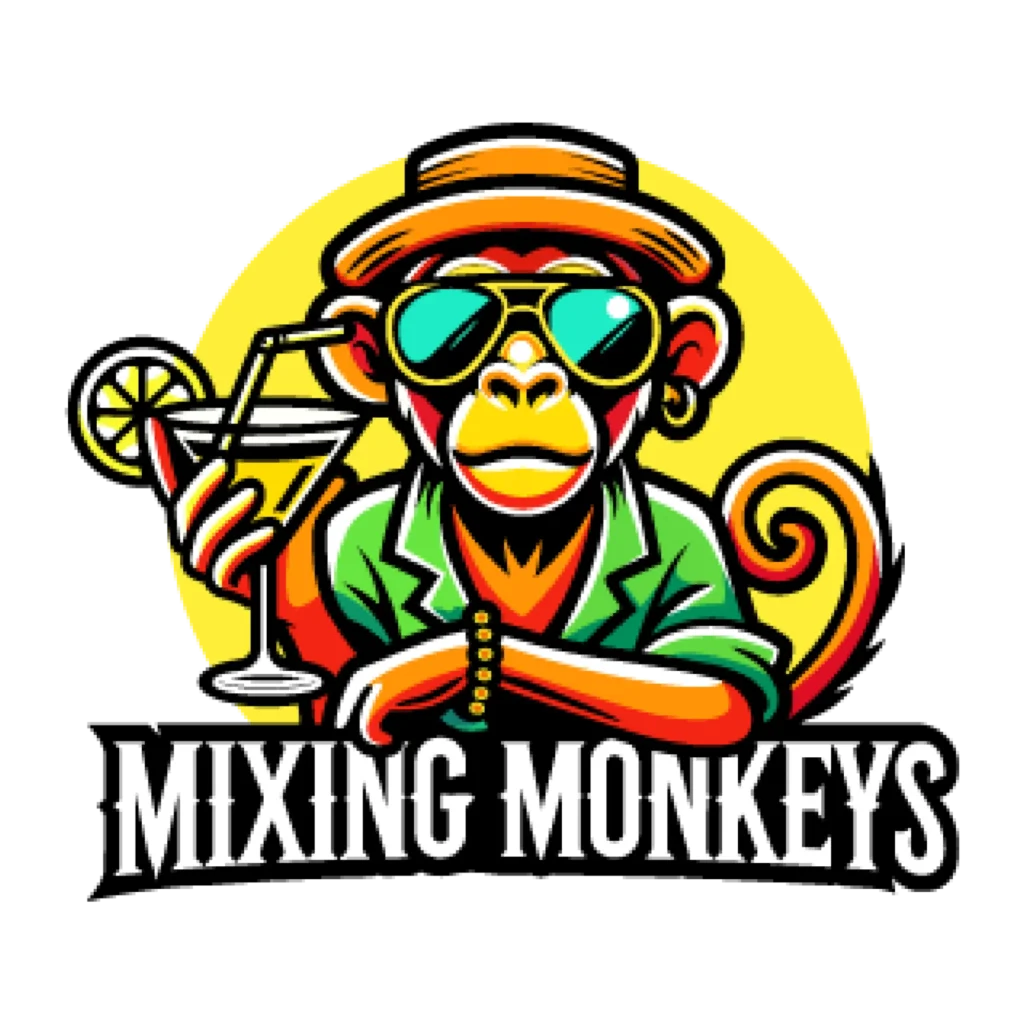
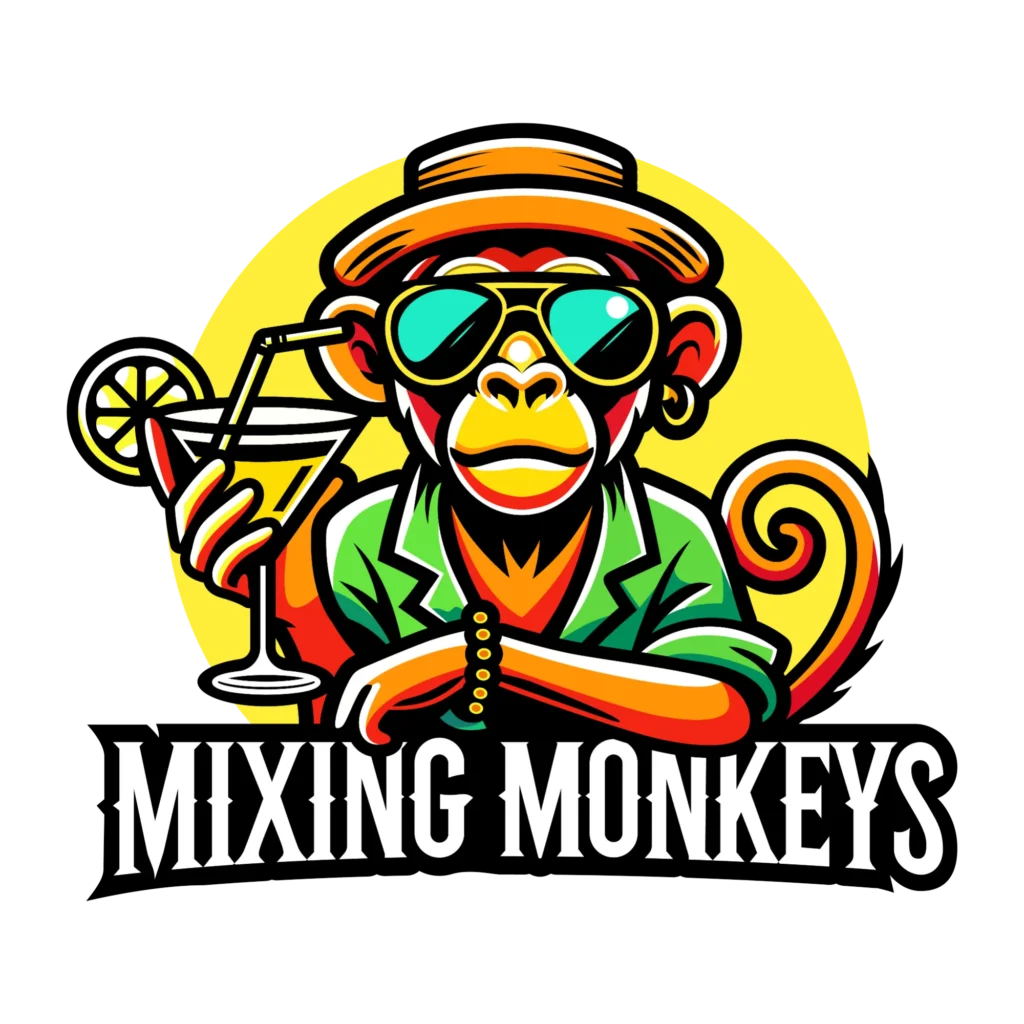


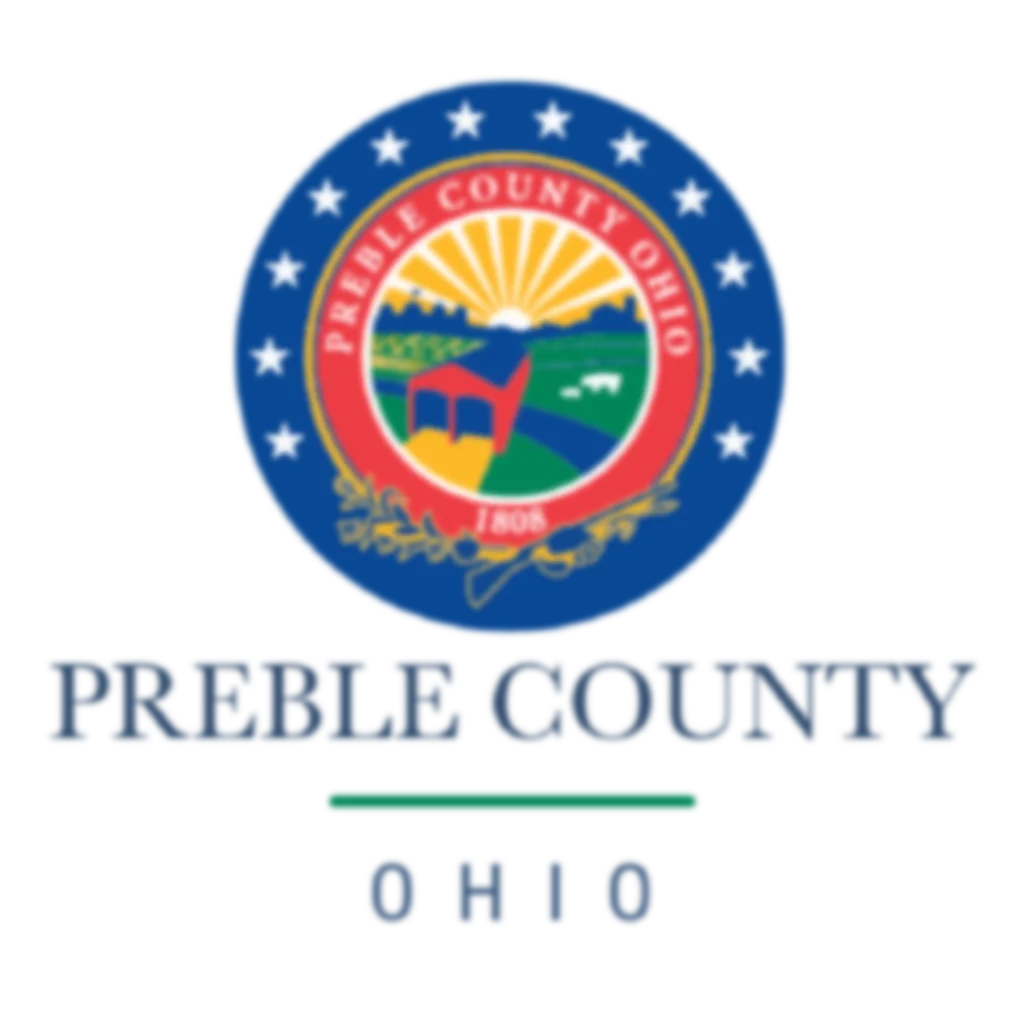




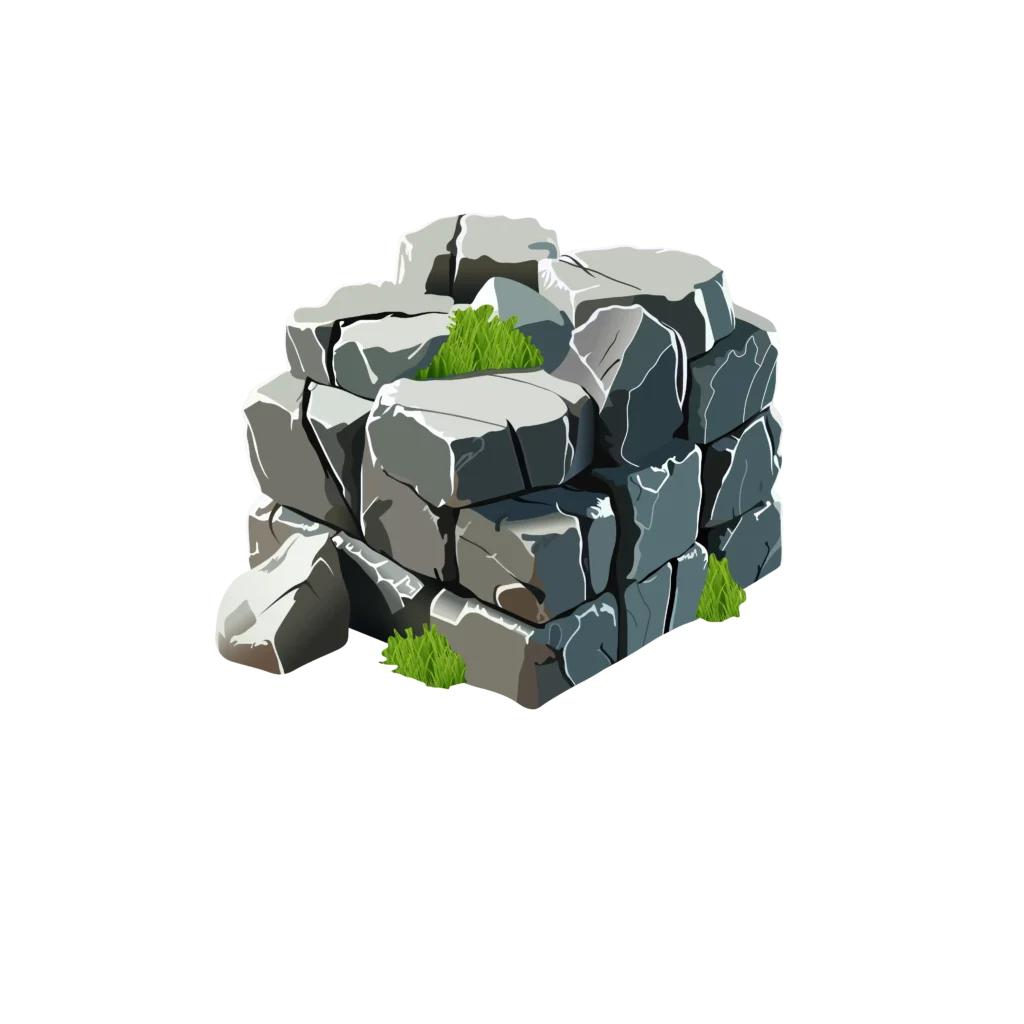
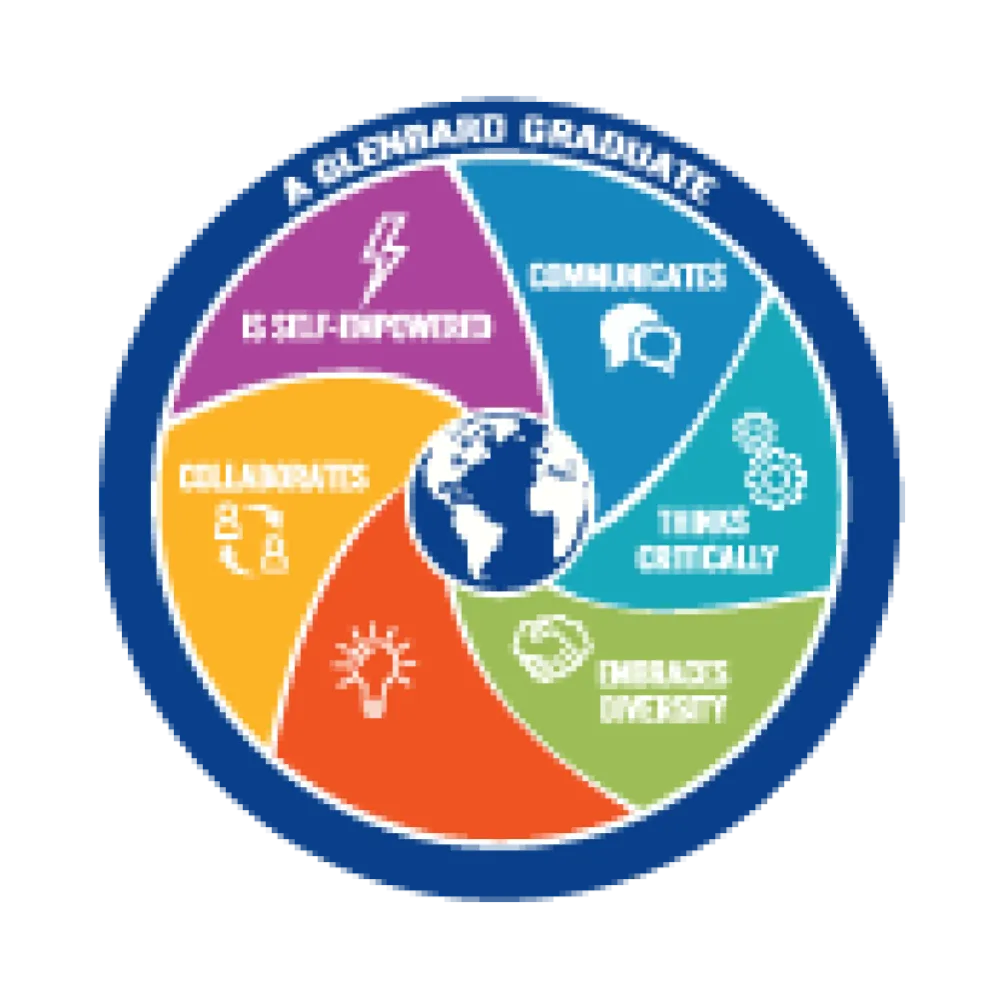
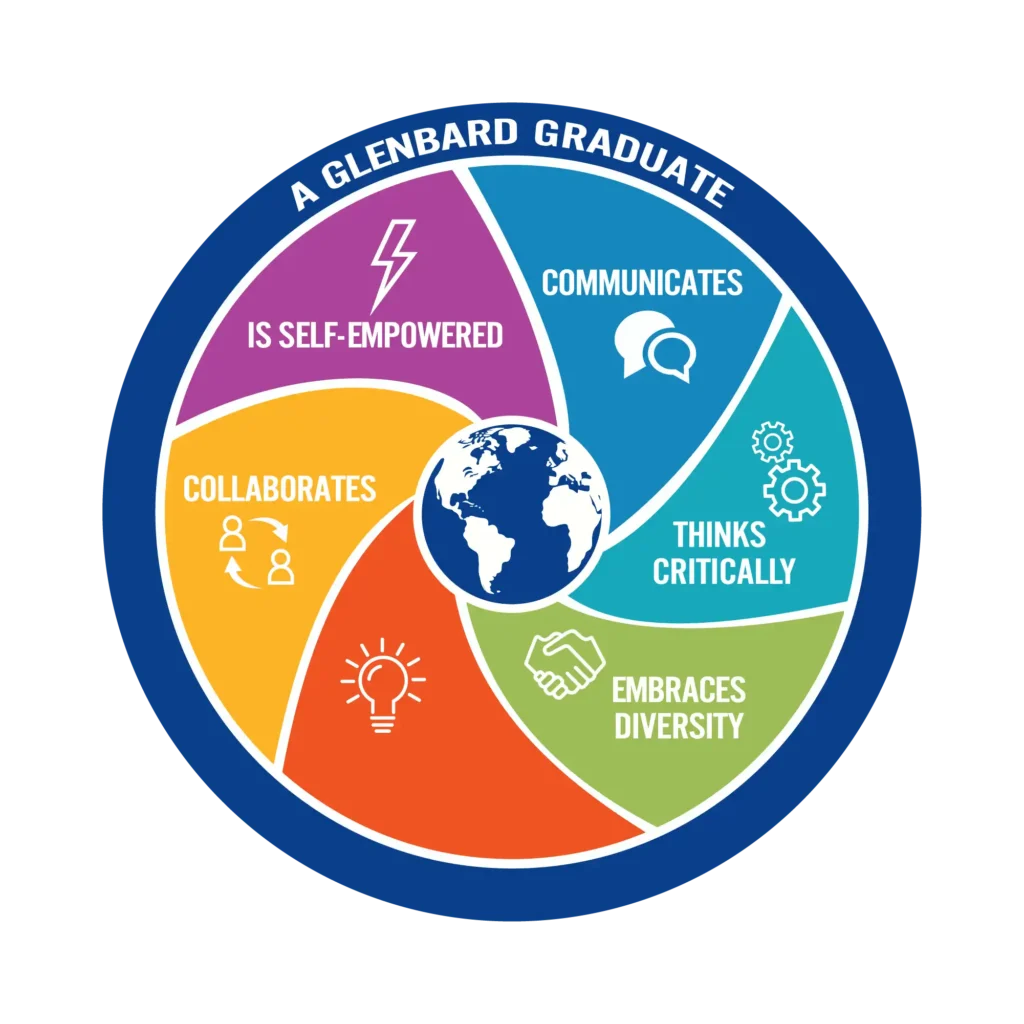
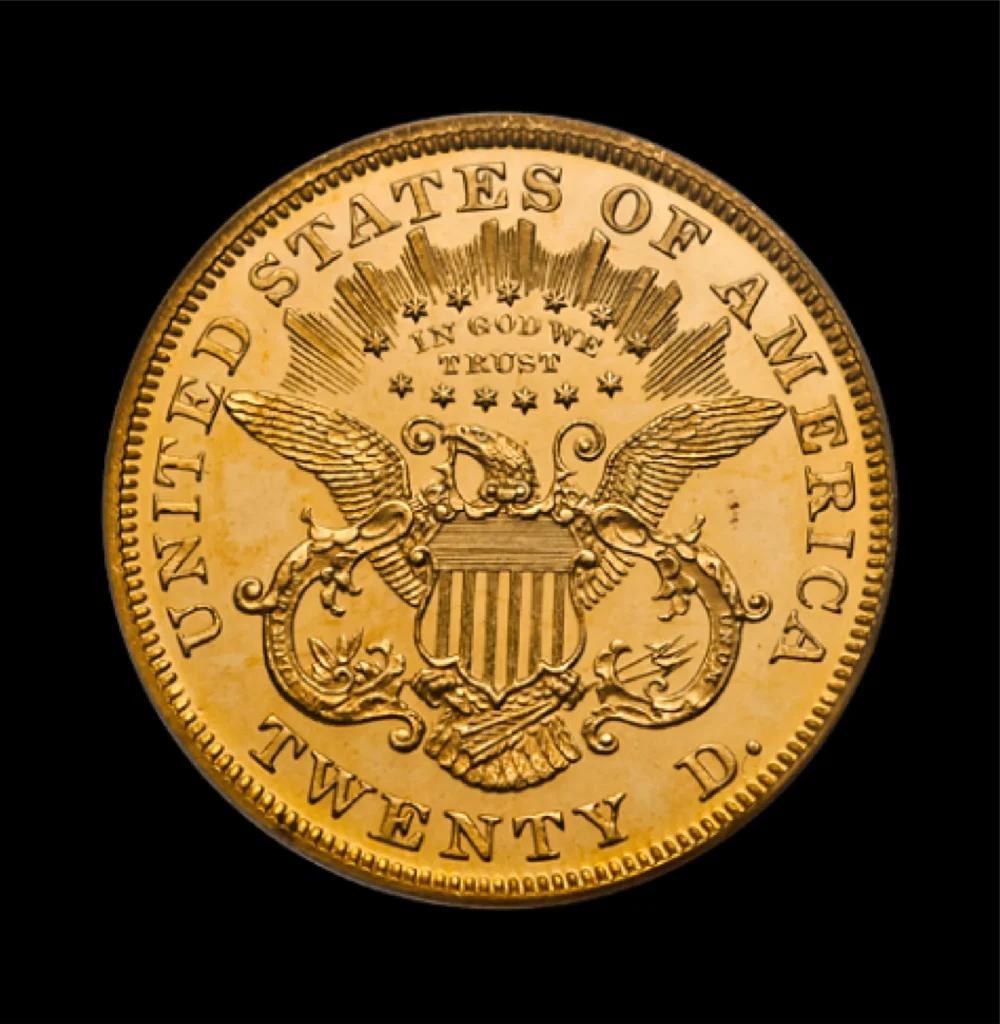

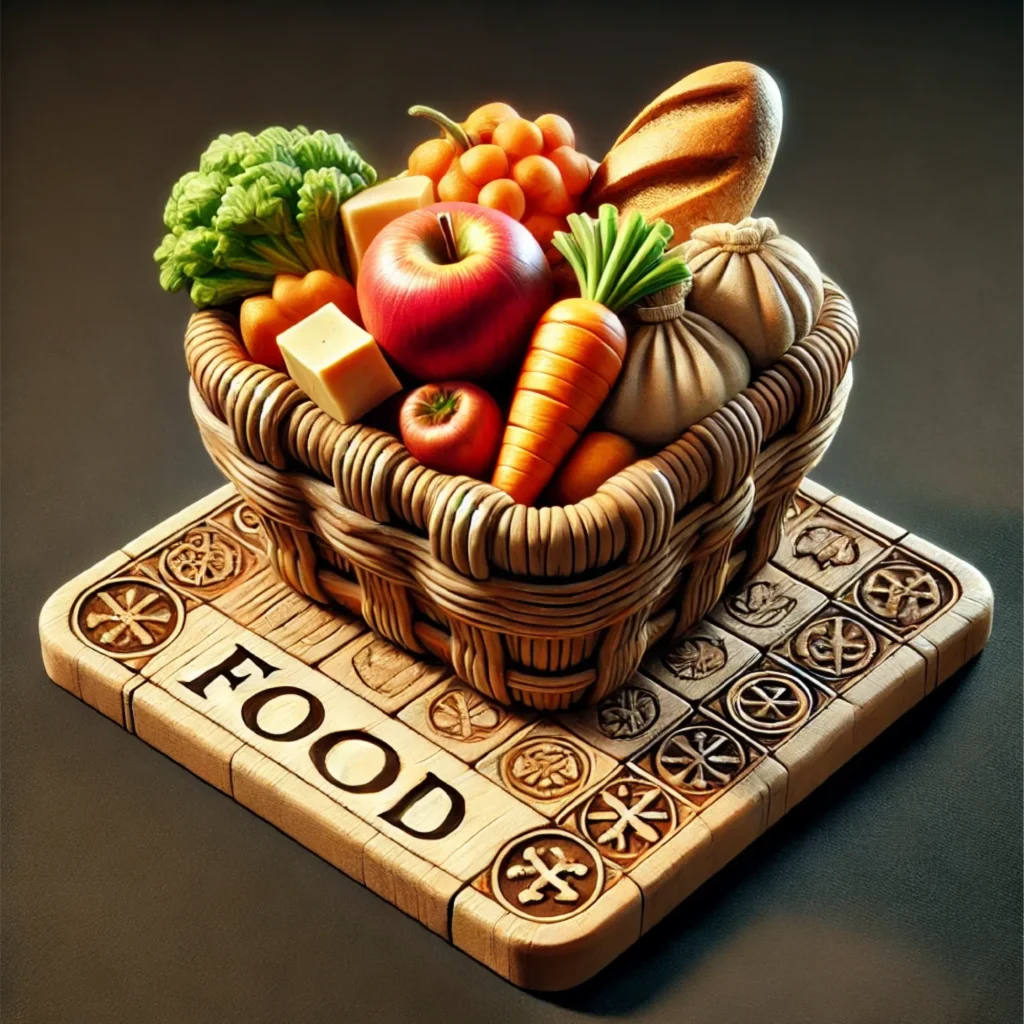
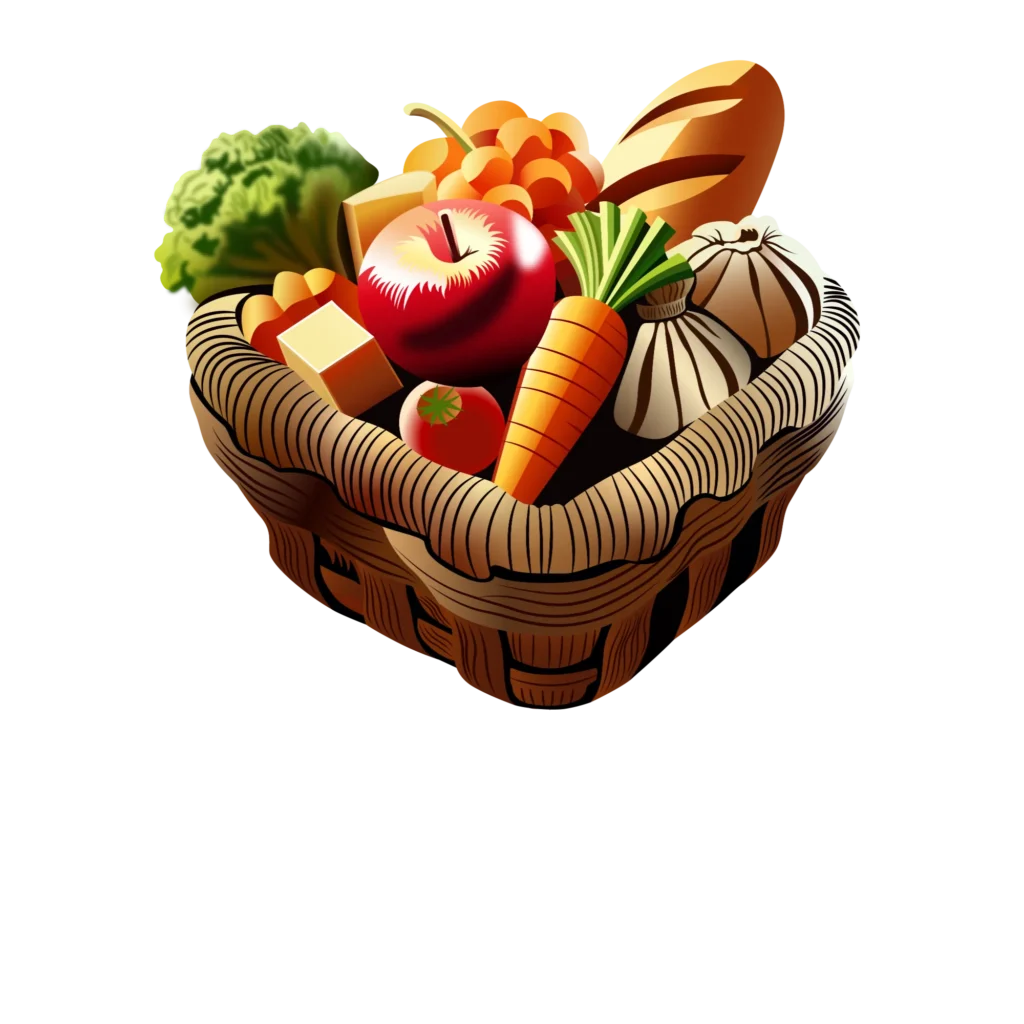
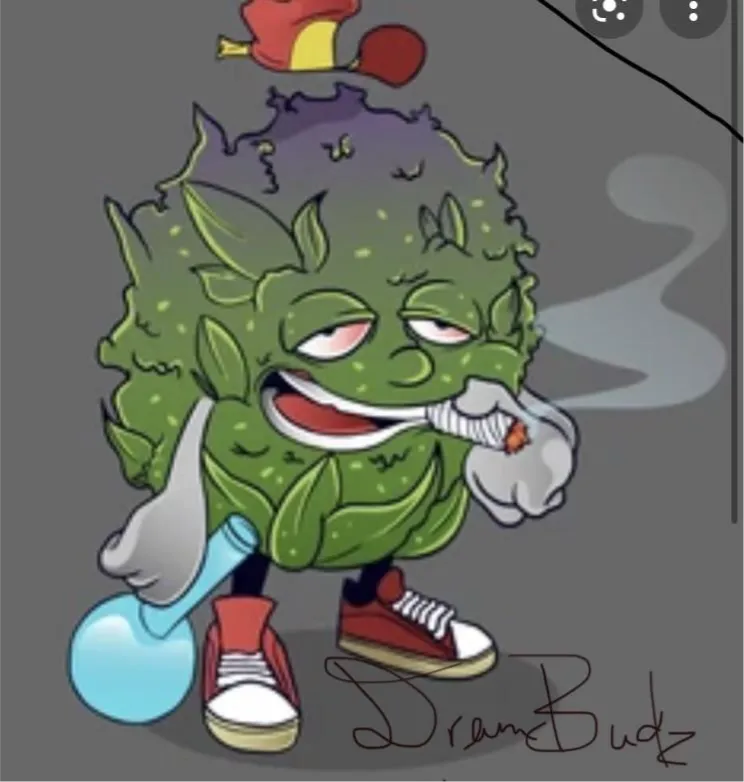
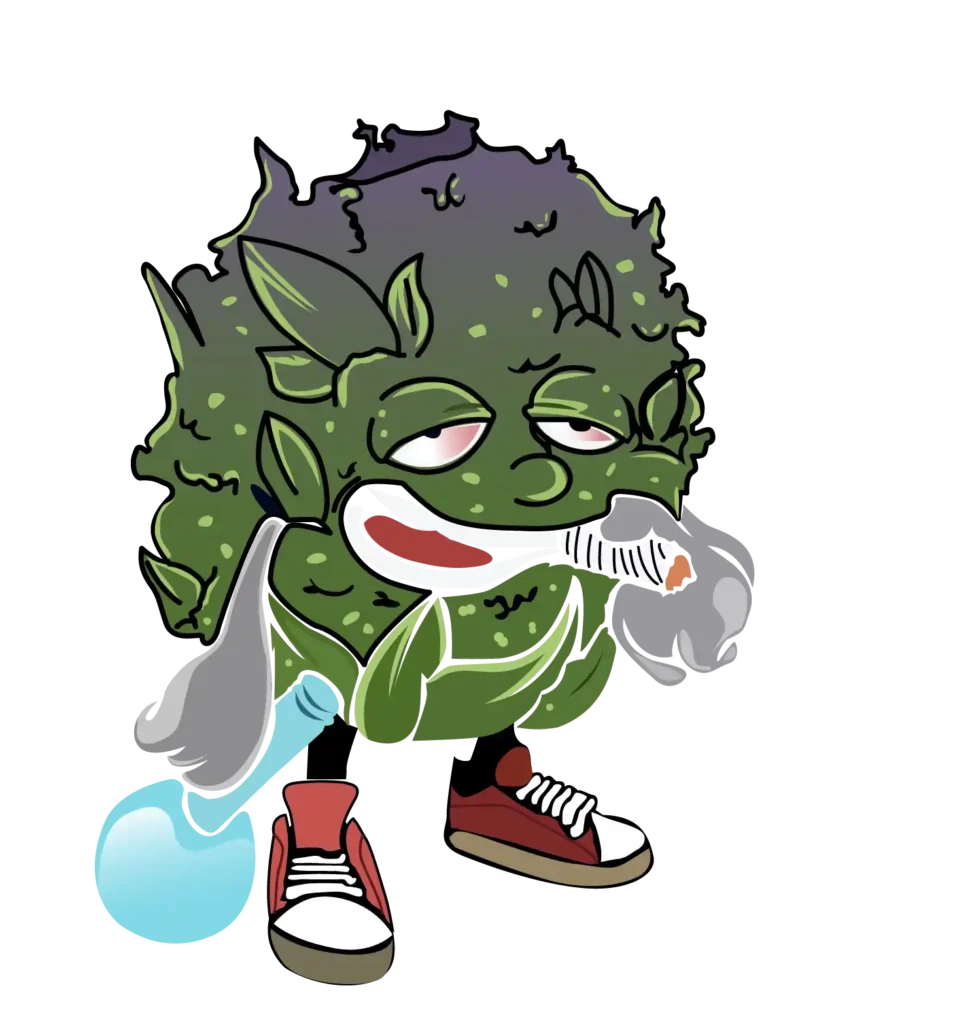
Looking for JPG to Vector Conversion?
100% Manual Vector Service
Never trust automatic low-quality vector tracing, rather grab the high-end manual vector conversion in Illustrator.Premium Vector Conversion at Convenient Price
Get the topmost raster to vector services at the best prices and boost your online product sales and profits.Within Your Deadline
Without compromising with low-quality visuals, we produce the max quality vector graphics within your tight deadline.What we did here-
- Converted damage image to vector graphic
- Used Adobe Illustrator
- Hand-made vector path
- Stroke for line drawing
- Retain original color
- Remove messy background
JPG to Vector Conversion FAQ's
Yes, we can turn a JPG into a vector file by using vectorization tools or software like Adobe Illustrator. The process involves tracing the JPG image and converting its pixel-based format into a scalable vector format such as SVG, AI, or EPS. This ensures that the file retains its quality at any size. We also provide professional vector conversion services to ensure accuracy, especially for complex designs or projects that demand precision.
To convert a JPG to an AI vector file, we use Adobe Illustrator. First, open the JPG file in Illustrator. Use the Image Trace feature to convert the raster image into vector paths. Then, refine the traced image by adjusting settings for paths, corners, and noise. Once satisfied with the result, expand the image to make it editable and save it as an AI file. This method ensures precision and scalability for your design needs.
The simplest way to convert a JPG to a vector is by using Adobe Illustrator. Open the JPG file in Illustrator, apply the Image Trace feature to create vector paths, and refine the settings for accuracy. Finally, save the file as a vector format like SVG or EPS. Free tools like Inkscape and Vector Magic also provide easy-to-use options, but Illustrator remains the most precise method for professional results.
Yes, we can convert JPG to vector for free using tools like Inkscape or online platforms such as Autotracer. These tools allow users to upload JPG files and transform them into vector formats like SVG or EPS at no cost. While free tools are great for simple designs, for complex or high-precision needs, professional services or advanced software like Adobe Illustrator may be necessary for the best results.
Vector graphics are better than JPGs for projects requiring scalability and clarity. Unlike JPGs, which pixelate when resized, vectors remain sharp and detailed at any size. They are ideal for creating logos, banners, and other designs requiring high-quality printing or flexibility. JPGs, however, are better for detailed, realistic visuals like photographs but lack the adaptability of vector graphics for design purposes.
Yes, we can convert vector files back into JPG images by exporting the vector design into a raster format. However, this process reduces scalability and converts the file into a fixed resolution. The reverse, converting JPG back into vector, is more complex and often requires manual tracing or advanced tools to recreate the vector format. For both processes, professional tools or services ensure the best quality and accuracy.
Trusted by 15k+ Clients Worldwide

graphkoloğyusa
We recently wrapped up another project, and I couldn't be more impressed with the speed, professionalism, and excellence displayed throughout the entire process... I highly recommend their services.

boeing652
This is our 3rd collaboration - quick delivery, attention to details, proactive communication are those things that keep me coming back. I’ll pass by for more again 🙂

prostryker
Tushar S is a TRUE professional in vector tracing! His creative approach and keen attention to detail brought unbeatable visual appeal to the project. It was a joy to work with him due to his quick responsiveness and proactive communication.

aderoag
I recently had the pleasure of working with Tushar S. for the redesign and vectorization of our company logo... The quality of Tushar's work is top-notch... His polite and professional demeanor made the entire process smooth and enjoyable.

formulaat
The work commenced within five minutes of placing the order, and was done in a matter of hours with only a single small revision needed. Excellent work and excellent value.

furclpher
Wow the final work is just incredible! And they delivered really fast for a complex image. I am extremely happy with the result, they are very talented. I recommend it without any hesitation!

premierimprints
Such a quick turnaround and exceptional quality. I am thrilled to find such a great designer and will definitely use him again—exceptional quality and communication.

bavarian_123
I think it was the best customer service I've ever had. Tushar was immediately reachable and always able to work with me in a friendly and fast manner... The result was very satisfactory.

wbmdesign
Super awesome to work with. Did a fantastic job with the manual image trace... Loved working with this team will definitely hire them again in the future.

dkelley120
Outstanding product, amazing communication, and very attentive to my project requirements... Will definitely use again and HIGHLY RECOMMEND! A+++++++
